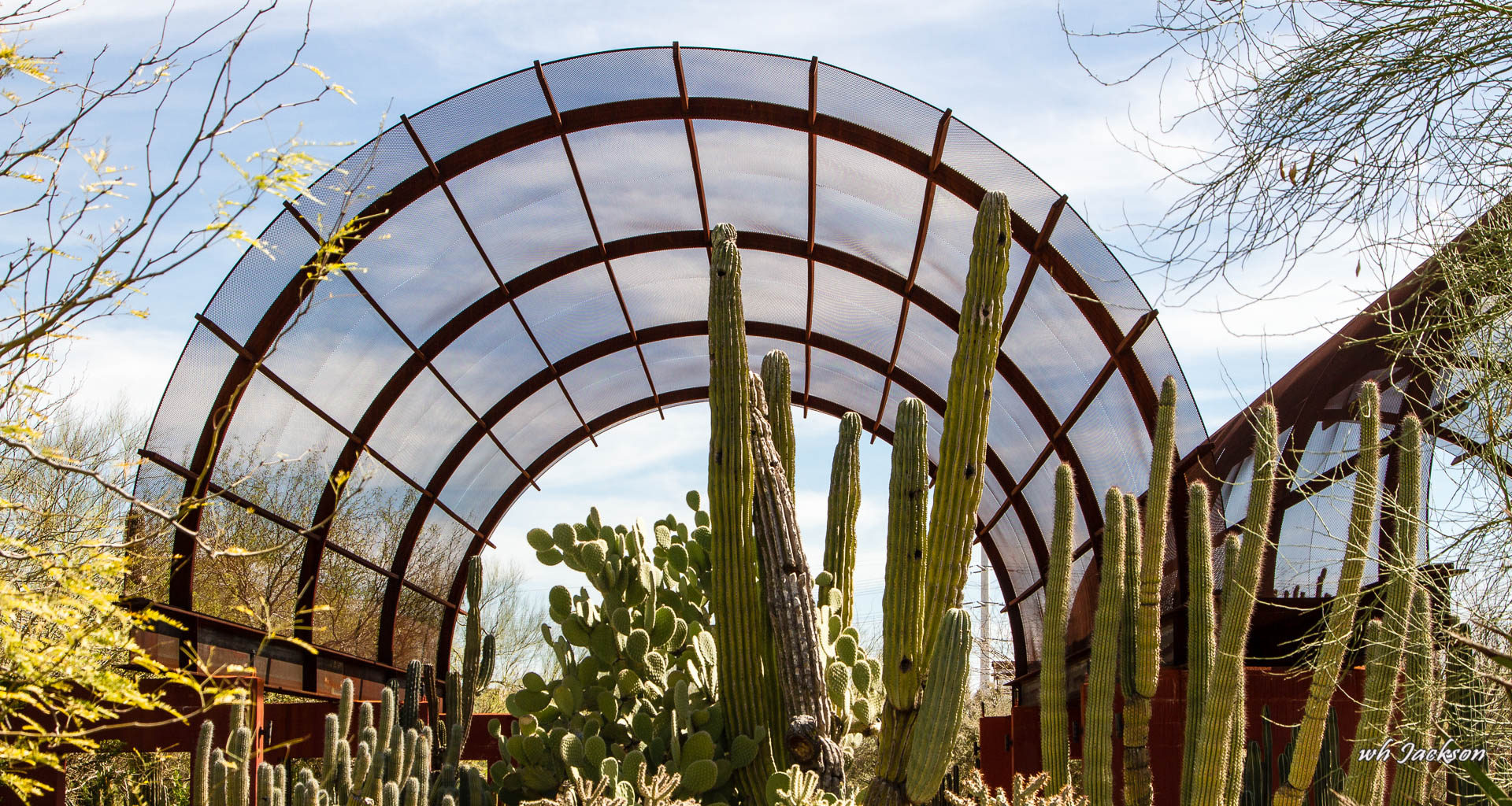

- Phoenix botanical garden concerts 2017 full#
- Phoenix botanical garden concerts 2017 software#
- Phoenix botanical garden concerts 2017 series#
This would be impossible without sophisticated laser lights, 3D photography mapping, digital imaging, and powerful software processing capabilities. Again, as with the crossing and tangled cactus stems, note how the closely-packed leaf rosettes exhibit little bleed-through between colors, with one color immediately adjacent to another and crisp edges. This bed of Queen Victoria agaves (Agave victoria-reginae) was just as impressive to me as the creeping devil cacti that I started this post with.
Phoenix botanical garden concerts 2017 full#
It does have to be experienced live for full effect. And again, all of these colors and dark spaces are continually shifting and coordinated with music, so it is a whole-sensory experience that still photos cannot fully convey. I like how not only are the colors bright and contrasting, but also how Rivera has left space for darkness in the scenes, where certain cacti are not lit up at all, leaving them in deep shadows just like in the photo above. Wow, what a supremely complex piece of artwork! It took him months of work to coordinate the 3D photos and map the laser light projections onto the plants and nearby rocks and ground. Rivera also composed the accompanying music and choreographed the sounds with the kaleidoscopic dancing colors. The webbing of different colors was chosen and designed by the artist who created Electric Desert, Ricardo Rivera. (Or the ground, rocks, etc.) It is this particular technological innovation that enables the psychedelic effect of the individual cactus stems (or agave rosettes, as photos farther down will show) having one color while the stem immediately adjacent to it has an entirely different color.īelow, I trained the tripod and camera onto several specimens of pincushion cactus in the genus Mammillaria.
Phoenix botanical garden concerts 2017 series#
A complex series of 3D closeup photographs were taken of every single plant in each bed from multiple angles, and software processes those images in such as way that a given color wavelength of laser light can be focused upon each plant individually without bleeding through onto other, nearby plants. Apparently there is new photographic 3D digital technology that enables an advanced type of laser projection to be cast upon three-dimensional objects in a highly specific way. How does Electric Desert/Cacti Synesthesia achieve this amazing array of color effects? I looked up some answers to that question online in an effort to find out. The colors are not PhotoShopped in after the fact – these are all digital snapshots of how they appeared in the light projection show. The following photos show these cacti under exactly the same angle, as the photos were taken with a tripod not more than a few minutes apart. The bed of creeping devil cacti (Stenocereus eruca) that resides underneath one of the DBG’s shade structures was one focus of what I deem to be perhaps most engaging art installation at Electric Desert: “Cacti Synesthesia”. I took hundreds of photos of the show on the night of Tuesday, Decemand wanted to post a selection of them here to illustrate my points.Ĭreeping devils (Stenocereus eruca) in psychedelic lighting courtesy of Electric Desert. It’s a psychedelic melange of flickering colors set to cosmic-sounding electronic music. An immersive mix of lights and sounds, Electric Desert is unlike any other light and sound show I have seen. I recently visited Phoenix’s Desert Botanical Garden after learning about their latest public art installation, titled “Electric Desert”.


 0 kommentar(er)
0 kommentar(er)
